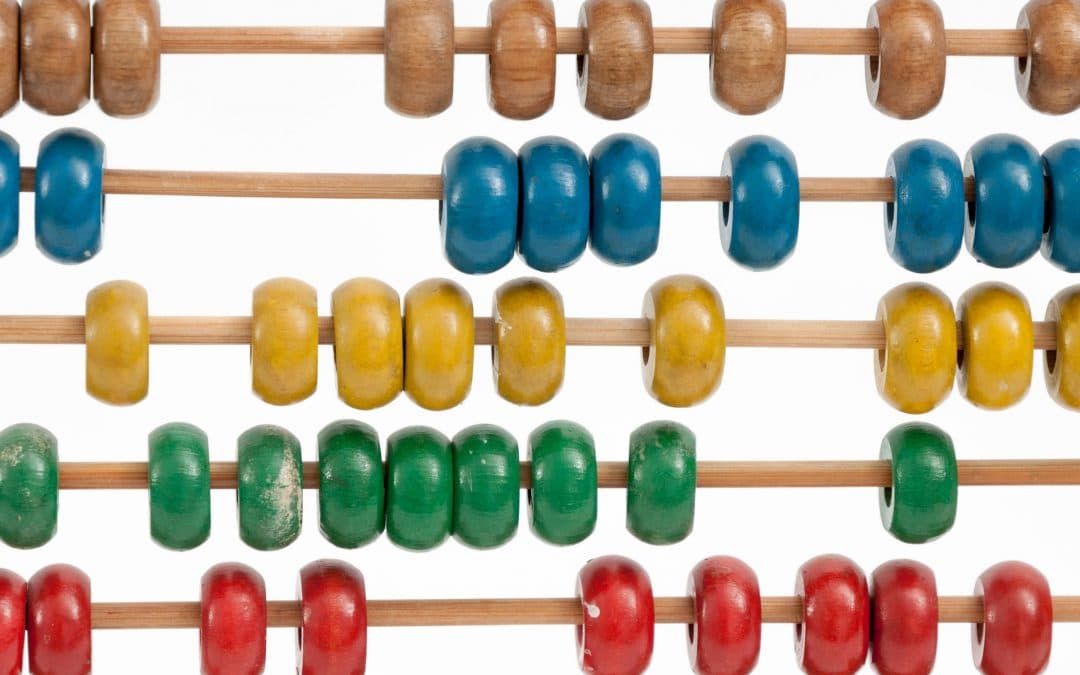It is a common misconception that since calculators are used more often in schools and since calculators are freely accessible on our phones (and even our watches!) that learning multiplication times tables by heart is as outdated as an accountant using an abacus.
It may surprise you that knowing your times tables is still a relevant and essential skill for students to master. While times tables are taught in primary school, many students reach high school without an adequate understanding of multiplication. This unnecessarily increases the challenge of learning long division, equivalent fractions, ratios and percentages which are foundational mathematical skills used in everyday life.
Calculators are handy for checking big sums or making complex calculations but being reliant on them while learning the foundations of maths reduces a student’s ability to understand the logic behind the calculations they’re doing. Knowing their times tables by heart means that children understand the basic components of the more complex mathematical problems they will encounter. How many $1.00 cans of tomatoes can I buy for $5.00? How many ¼ cups of flour do I need to make 2 cups? If each banana weights 200g, how many bananas will I get in a kilogram?
When children know their times tables from memory, that brain space spent calculating simple multiplication is freed up to understand more complex calculations. Rote learning cops a lot of criticism, but for learning times tables repetition is the only way to go. Where rote learning falls down is when we memorise information without understanding it. However, by teaching and revising multiplication in a multitude of creative ways, repetition can be a fun and effective way to learn.
Mathematical study at home is equally as important as regular reading practise. It is essential that parents and carers spend time with their children revising these concepts to increase their children’s exposure with basic concepts which builds their confidence when tackling more complex ones in class.
So where do we start?
- Start where they’re at. If we bombard them with concepts they aren’t ready for or concepts they feel anxious about because they haven’t grasped simpler concepts, go back to basics and work up from there.
- Make it visual. Arrange pegs, LEGO, or plastic army soldiers in rows to demonstrate how 2 x 8 = 16 and 8 x 2 = 16. Once this is understood, show that 16 ÷ 2 = 8 and 16 ÷ 8 = 2. This method of physical arrangement is called an ‘array’. And it doesn’t just have to be 3D items, you can draw on paper too, but make it colourful.
- Regular revision. Use flash cards with the sum on one side and the answer on the other and run through a few each day. Use a deck of cards and for every two you place down, ask the student to multiply them. Say the full sum aloud each time to get all the components and patterns to stick. Play speed rounds to promote quicker recall and increase the challenge.
If your child is struggling, the support of a tutor is incredibly valuable for helping them master mathematical ideas and grow their self-confidence. The wealth of life experience provided by parents, teachers and tutors also give students perspective on how vital mathematics is to real life and how it links to the things they’re passionate about. With enough encouragement and support, students can understand and even enjoy maths and will reap those benefits for the rest of their lives.
(Photo by Crissy Jarvis on Unsplash)

